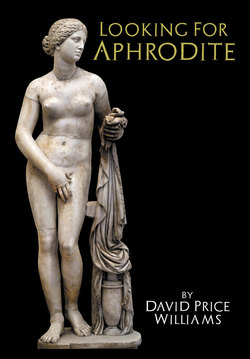Читать книгу Looking for Aphrodite - David Price Williams - Страница 12
Оглавлениеapses remain. He clambers over the rubble and enters what is left of the chancel, the church’s Holy of Holies. There, among those sacred stones, remembering the eternal efficacy of that consecrated sanctuary, the thin odour of incense perhaps still lingering in the coolness, he bends down and scratches his name on the floor, asking Almighty God to have mercy on him. The once illustrious city – with over one thousand years of celebrated history - lies dead beneath his feet. His graffiti completed, he walks down the ancient terraces from the church back to his ship to weigh anchor and sail away into ignominy. Indeed ignominy was assuredly to be his lot for it was this same Yazid who a few short years later participated in the martyrdom of Hussein ibn Ali, grandson of the Prophet, at the Battle of Karbala and in so doing initiated the deadly schism between Shia and Sunni Muslims which still ferociously tears Islam asunder today. But that’s another story.
Yazid’s act of troubled piety graphically illuminates what was probably the very last day in the life of ancient Knidos, in that late winter of 672 AD. We know that Yazid climbed those steps up to the ruined cathedral, and we know he wrote his name there, because almost 1,300 years later we uncovered his graffiti on the chancel floor, scratched in an arcane, kufic script:
Allahum ghufur Yazid ibn Sufyan
“O God pardon Yazid ibn Sufyan!”
At Knidos, there is nothing later; the city drew its last breath that day.
4
